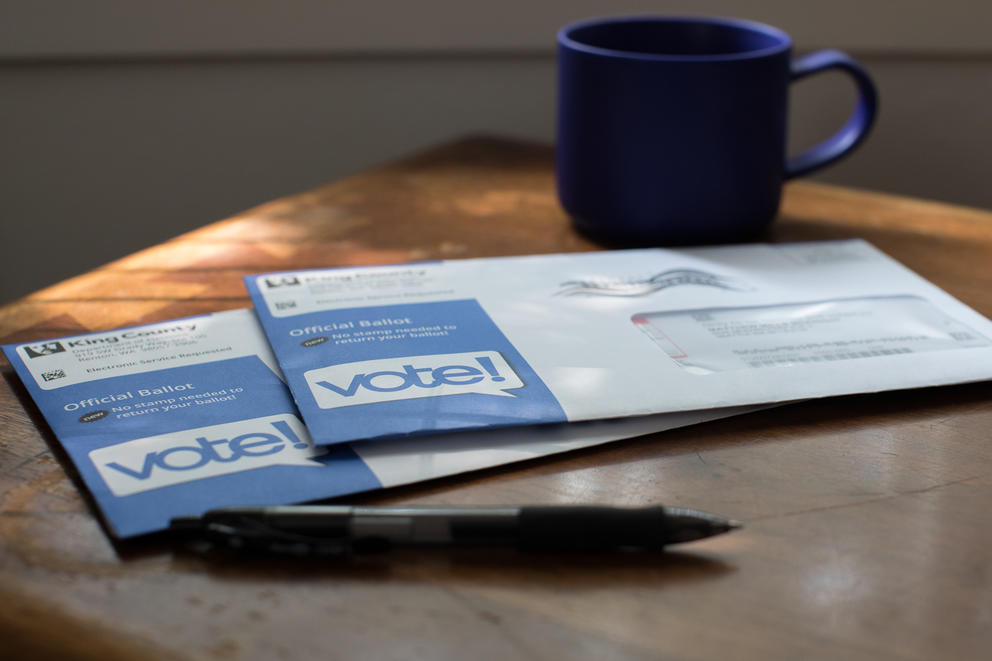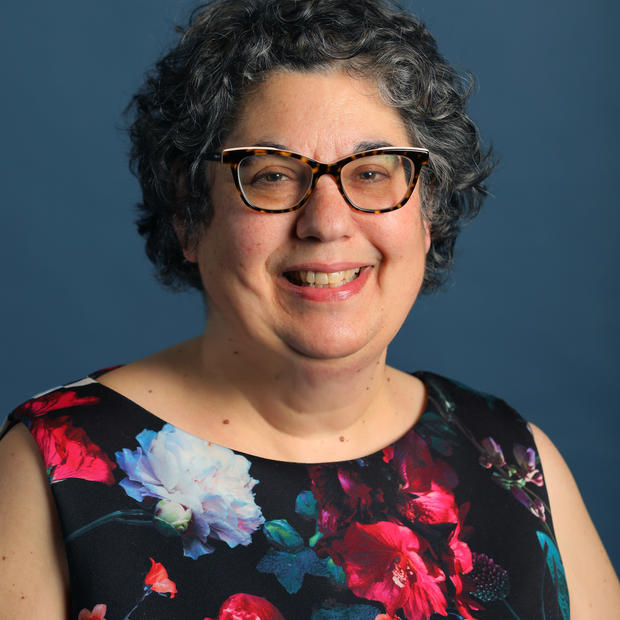Political insiders who are looking forward to a trip to the parties’ national conventions. The primary ballot that just arrived in Washington registered voters’ mailboxes is their July invitation to Milwaukee for Republicans and nearby Chicago for Democrats in August. Voters have until March 12 to turn in their ballots.
While in some years, the race for the presidential nomination is tighter and Washington voters’ decisions might make a difference – especially when no incumbent is running – 2024 is not one of those years.
Here are some answers to frequently asked questions about the Washington presidential primary:
Why doesn’t Washington move its primary earlier in the calendar?
Washington did move its primary up a few years ago from May to March and briefly considered joining the Super Tuesday fray, when most states hold their primaries or caucuses, on March 5 this year. But the parties decided the second week in March would be good enough.
As Secretary of State Steve Hobbs, the person in charge of elections in Washington state, explains, primaries are for the parties. Washington is required by law to hold a partisan primary, and the parties use those results to choose delegates to their national conventions.
The parties negotiated toward the second week in March for the Washington presidential primary.
Who’s on the ballot?
Democratic voters will get to choose among Biden, Dean Phillips, Marianne Williamson, and something called “uncommitted delegates.” According to the voters pamphlet, a vote for “uncommitted delegates” would send someone to the national convention who will decide who to vote for during that event.
Republican voters will get to choose among Chris Christie, Ron DeSantis, Nikki Haley, Vivek Ramaswamy and Donald Trump, even though most of these candidates have already dropped out of the race. This happens because the ballot is designed before the election really gets going. The Republican Party did not choose to include a choice of “uncommitted delegates.”
Do I have to pick one party?
On this ballot, you have to choose one party and make one choice. The primary is designed to help the parties choose their candidates. It’s not like other Washington elections when voters can pick any candidate they want, no matter their party affiliation.
For this election, you still don’t have to register as a member of a certain party, but you do have to check a box on the outside of your ballot envelope that declares that you identify as either a Republican or a Democrat. And on the ballot itself, you have to vote in that same party’s election for your vote to count.
What if I don’t want to declare a party?
The party declaration is required by each of the political parties, and each state party has to certify to their national committee that the people who chose the candidates identify as members of that party. If you don’t want to declare your party, you shouldn’t vote in the primary election.
Your party affiliation is part of the public record, but not who you voted for. Your voter file will show that you participated in either the Republican or Democratic primary in 2024. It won’t be part of your permanent record, but for the few months your declaration is there, anyone can make a public records request for that information. Both parties also receive a list of their voters.
What about the other political parties?
If other parties decided to hold primaries to choose their presidential candidates, they could also participate in the Washington primary system. But this question has not yet come up.
What happened to the caucuses?
Washington’s political parties formerly used a caucus system to choose its delegates to the national conventions. In 2016 state Republicans used the primary to pick their delegates while Democrats stuck with the caucuses, then in 2020 for the first time both parties used the statewide primary to choose their presidential candidates and their delegates.
The Democrats’ switch to primaries over caucuses began in earnest after the 2016 election, in part because of complaints that the party’s caucus meetings in 2016 were disorganized and chaotic. Some 2016 caucus meetings ran hours long, and the process was difficult for people with children or disabilities to participate in. The caucuses, usually held in community locations like libraries and schools, took place on Saturdays, which also prevented some workers and religious people from participating.
Caucus participation was also clearly lower than primary participation in 2016, even though the primary did not determine the winner. About 230,000 people took part in the Democratic precinct caucuses statewide, while about 802,000 voted in the nonbinding Democratic primary.
The 2016 primary and caucuses also had different winners, probably because they attracted different groups of voters. U.S. Sen. Bernie Sanders of Vermont swept Washington’s 2016 caucuses, while former Secretary of State Hillary Clinton won the Democratic primary with 52% of the primary vote.
Can I still vote if I haven’t received a ballot?
You have until March 4 to register online or revise your registration and receive a ballot in the mail for the March 12 primary. Go to votewa.gov to register or update your registration. After that date you can still register (and vote) in person at your county elections office or voting center. Washington has same-day voter registration, so you can register as late as Election Day as long as you are qualified to vote. This page on the Secretary of State website includes locations for county elections offices as well as drop boxes where you can leave your ballot. In Washington, you can also vote by mail without a stamp, but be careful where you leave your ballot in the days before the election, because your ballot must be postmarked on time or it won’t be counted. Some mailboxes don’t have regular pickup schedules.
Why aren’t the governor and other races on the primary ballot?
Washington holds another primary in August to pick the top two candidates in other races, narrowing the races for governor, attorney general, representatives to Congress, candidates for the Legislature, etc. For that primary, you will not need to declare your party. The top two vote-getters in each race will advance to the general election. For races with just two registered candidates, they will automatically move on to the general election.
Although lots of people are already starting to campaign for office, they won’t officially declare their candidates until May. Here’s the full election calendar, if you want to know more.



